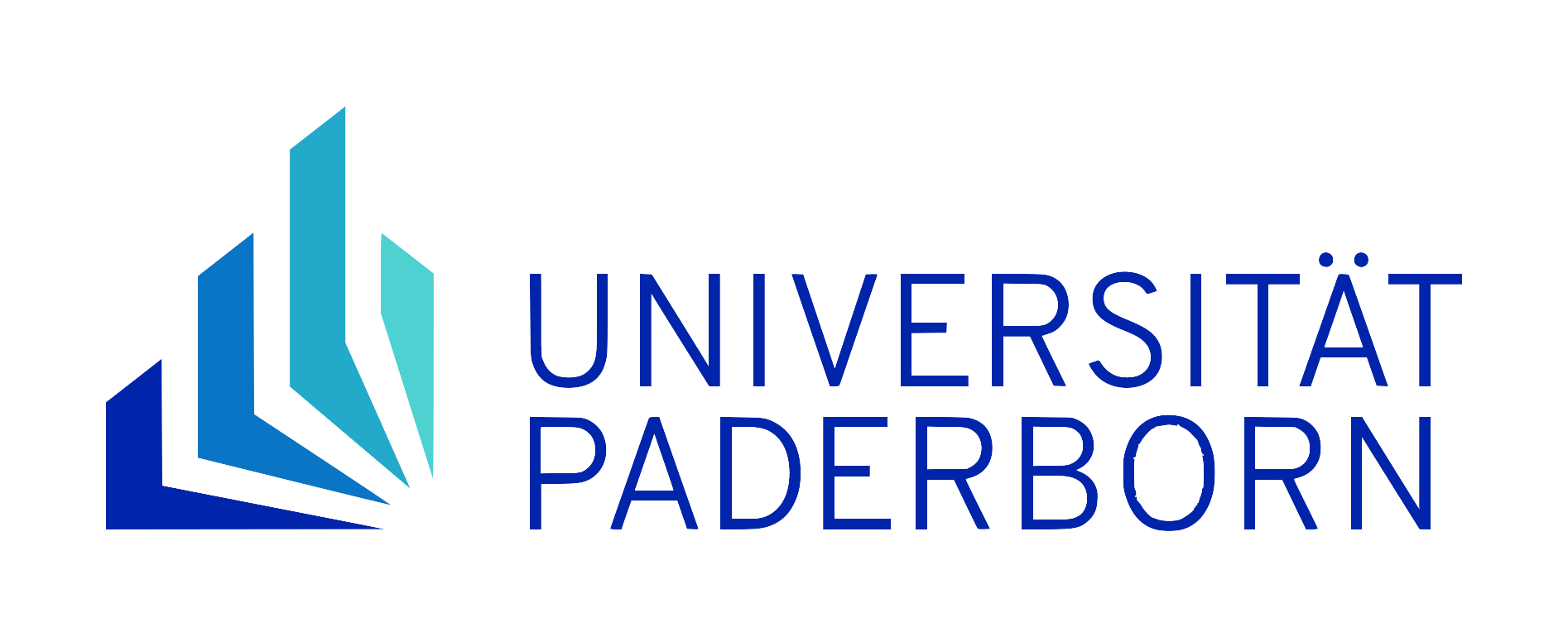Letter card from M. Barnet to H. W. Henze, between April 30 and June 27, 1969
[Typescript]
I have been missing you so much, you can’t imagine.*
Life here is so intense in work and political affai‡rs,
that thinking about y‡o u¡is[sic]‡ like paradise. I hope‡ you
received
muy‡ cable welcoming you home.* I also hope that
Carlo, Gianny, Pietro, Italo, and Iyoto Makiko* were very
happy to see you again.
Music here is boring now. Although we have had some
concerts, especially guitar ones which were not so bad.
Leo is sick, very sick. He is in the hospital with a
broken bone and his trouble of the skin. If you find
time write him a letter.*
Cesar sends you his best hugs and his most pro‡fuond[sic]‡
stares. I write like mad an essay ab‡out new african[sic]‡
poetry*
,‡ and wa‡it for my book on the music ha‡llo‡‡ queen to
come out.* Magnus left leaving a very beautiful remembrance,
of friendship and love and brightness.* I am sad because you
are not here and you know it is not enough when you like
someone so much to be together for a weeks and then‡ nothing.*
Love,
Miguel
Editorial
Responsibilities
- Editor(s)
- Elena Minetti
- Transcription
- Elena Minetti; Joachim Veit
Tradition
-
Text Source: Basel (Schweiz), Paul Sacher Stiftung (CH-Bps), Sammlung Hans Werner Henze, Abteilung: Korrespondenz
Shelf mark: Barnet, MiguelPhysical Description
- Document type: Letter card
- dickes, helles Papier
- Faltung: 1mal längs
- Kleiner Kunstdruck, auf dessen Rückseite der Text geschrieben wurde.
- 1 folio
- 3 written pages
- Dimensions: 250x185 [mm] (HxW)
- Kleiner Einriss am oberen Rand, ca. 1,5 cm.
- Beschriftung um 270° durchgängig gedreht über die 1 Seite verso und 2 Seite recto
- 1zeilig
- zwischen Absätzen zusätzlich 0,5 Abstand
- Rand links 2,5cm
Material
Extent
Condition
Layout
Writing styles
-
1.Typescript, Barnet, Miguel.
-
2.Handwriting, Barnet, Miguel, colored pencil (lilac).
Text Constitution
-
"… Muy"The word "Muy" is often used at the beginning of letters in this correspondence and therefore does not seem to be a mistake. Perhaps Barnet is playing on a combination of the Spanish word "Muy" (very) and the English word "my", meaning "my very dear friend".
-
"i"added above
-
"y"added above
-
"u¡is"sic
-
"… u¡is like paradise. I hope"From the word "hope" the colour of the ribbon has obviously been changed, resulting in a mixture of black - or rather grey - and red-coloured ribbon. The ribbon must have been so loosely clamped that it changed between the two colours indiscriminately, so that some letters are difficult to read, especially where the letters are almost only red (especially lines 12-15). Individual letters were retouched by hand.
-
"pr r o fuond"sic
-
"o""r" replaced with "o"
-
"b"added inline, handwritten, colored pencil (lilac), Barnet, Miguel
-
"african"sic
-
","added inline, handwritten, colored pencil (lilac), Barnet, Miguel
-
"a"added inline, handwritten, colored pencil (lilac), Barnet, Miguel
-
"a"added inline, handwritten, colored pencil (lilac), Barnet, Miguel
-
"o"added inline, handwritten, colored pencil (lilac), Barnet, Miguel
-
"n"added inline, handwritten, colored pencil (lilac), Barnet, Miguel
-
Following: handwritten, colored pencil (lilac), Barnet, Miguel
Commentary
-
[Figure Description]Abstract original painting in blue, red and white tempera colours, signed on the left with the initials of the as yet unidentified author "R.M.". In the image a kind of emblem in a square box and the letters "F" and "E" can be made out.
-
"… 1969 and 27 June 1969"The date is derived from the content of the letter. Barnet mentions Hans Magnus Enzensberger’s departure from Cuba, which took place at the end of April 1969. Therefore, it can be assumed that Barnet did not write this letter before the end of April. Furthermore, it is presumed that this letter was not written after 27 June 1969, when Henze sent a telegram to Barnet.
-
"… so much, you can’t imagine."Henze’s first trip in Cuba lasted from 21 March to 16 April 1969, as stated in his Autobiography, p. 260.
-
"muy"recte "my".
-
"… Pietro, Italo, and Iyoto Makiko"It is unclear who the people mentioned are. They were probably friends who met Henze on his return to Italy.
-
"… time write him a letter."Letters from the correspondence between Henze and Leo Brouwer are kept at the Paul Sacher Foundation. Perhaps as a result of this suggestion, Henze sent Brouwer a telegram from Marino for the first time on 27 June 1969.
-
"… b out new african poetry"It cannot be ascertained which "essay" Barnet is referring to in this letter. However, his ethnographic research on African culture already led to the publication of an essay a few years earlier in 1966 entitled La segunda africanía.
-
"hallo"recte "hall".
-
"… o queen to come out."Barnet is referring to his book La canción de Rachel, published in 1969.
-
"… friendship and love and brightness."Hans Magnus Enzensberger lived in Cuba from October 1968 to the end of April 1969. In his book Tumult, p. 191, he mentions that he was back in Berlin on 1 May 1969 and had already travelled to Prague before that. This information is relevant for dating this letter.
-
"… weeks and the n nothing."As already mentioned, Henze was in Cuba from 21 March to 16 April 1969.
-
[Rotation]Section, Text turned clockwise (90°).
-
"… 1964-1965"Since Henze and Barnet first met in March 1969, this date does not date back to the same period as the writing of the letter. Barnet may have written on a letter card in which this date had already been printed.
-
[Figure Description]Barnet’s graphic signature.





